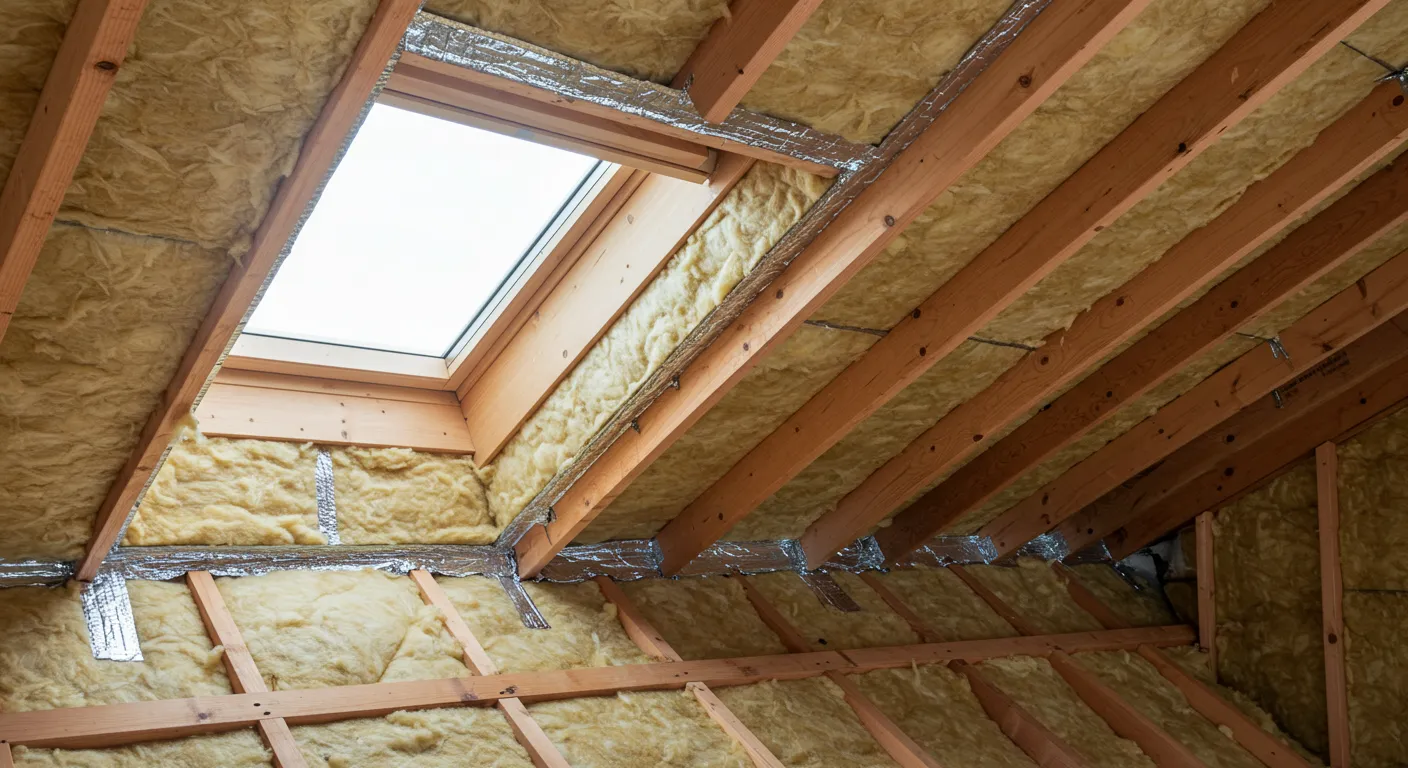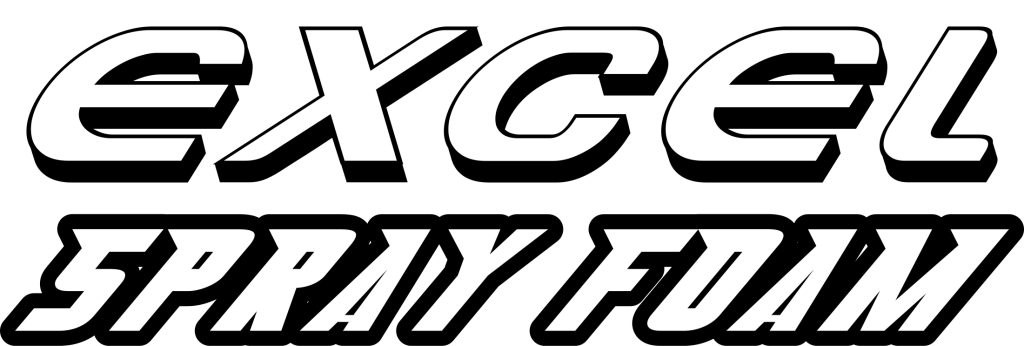Spray foam insulation is widely recognized for its superior energy efficiency and durability, but many homeowners and businesses often wonder if it justifies the upfront investment. With rising energy costs and a growing emphasis on sustainable living, insulation has become a critical aspect of any building. This article explores whether spray foam insulation is worth the cost, considering its benefits, potential drawbacks, and long-term savings.
Understanding Spray Foam Insulation
Spray foam insulation is a polyurethane-based material that expands upon application, filling gaps and creating an airtight seal. It comes in two main types:
- Open-cell spray foam: Less dense and more flexible, offering soundproofing benefits while being cost-effective.
- Closed-cell spray foam: Denser and more rigid, providing better thermal resistance and moisture protection.
This insulation method is commonly used in walls, attics, crawl spaces, and basements to enhance a building’s energy efficiency.
Benefits of Spray Foam Insulation
1. Energy Efficiency and Cost Savings
One of the biggest advantages of spray foam insulation is its ability to reduce energy consumption. Minimizing air leaks, it significantly lowers heating and cooling costs. Studies show that homeowners can save up to 30-50% on their energy bills compared to traditional insulation materials like fiberglass or cellulose.
2. Superior Air Sealing and Moisture Control
Unlike traditional insulation, spray foam expands to fill every crevice, preventing air leaks and moisture infiltration. This helps in:
- Reducing drafts and maintaining indoor temperatures.
- Preventing mold growth due to its moisture-resistant properties.
- Enhancing indoor air quality by blocking allergens and pollutants.
3. Long-lasting Performance
Spray foam insulation has a lifespan of over 20-30 years, compared to fiberglass, which may deteriorate within 10-15 years. Its durability ensures homeowners get long-term benefits without frequent maintenance or replacements.
4. Structural Strength and Soundproofing
Closed-cell spray foam adds structural integrity to walls and roofs, making buildings more resistant to extreme weather. Additionally, open-cell foam offers excellent soundproofing, reducing noise from outside or between rooms.
5. Environmental Benefits
By reducing energy consumption, spray foam insulation contributes to lower carbon emissions. Many modern formulations are also made with eco-friendly blowing agents that minimize environmental impact.
Cost Analysis: Is Spray Foam Insulation Worth It?
Initial Cost vs. Long-Term Savings
Spray foam insulation has a higher upfront cost than traditional insulation. Here’s a general comparison:
| Insulation Type | Cost per Square Foot | Lifespan | Energy Savings |
| Fiberglass | $0.40 – $1.50 | 10-15 years | 10-20% |
| Cellulose | $0.60 – $2.30 | 10-20 years | 15-25% |
| Open-Cell Spray Foam | $0.44 – $0.65 | 20-30 years | 30-40% |
| Closed-Cell Spray Foam | $1.00 – $1.50 | 20-30 years | 40-50% |
While spray foam has a higher initial investment, it pays off in the long run through reduced energy bills, lower maintenance costs, and enhanced property value.
Common Concerns and Potential Drawbacks
1. Higher Upfront Cost
The biggest drawback of spray foam insulation is its initial expense. However, this can be offset by energy savings, tax credits, and rebates available in some regions.
2. Professional Installation Required
Unlike fiberglass or cellulose, which can be installed as a DIY project, spray foam requires a professional application to ensure safety and efficiency.
3. Potential Off-Gassing During Curing
When first applied, spray foam releases chemicals that require proper ventilation. However, once cured, it is safe and non-toxic.
Why Spray Foam Insulation is a Smart Choice in Plano, TX
Plano, TX experiences both hot summers and occasional cold winters, making proper insulation essential for energy efficiency. Spray foam is particularly beneficial in this climate because:
- It helps maintain stable indoor temperatures despite extreme outdoor heat.
- It prevents moisture buildup, reducing mold risk during humid months.
- The long-term energy savings make it a worthwhile investment for homeowners in the region.
Conclusion
Spray foam insulation offers numerous benefits, including significant energy savings, durability, moisture control, and improved indoor air quality. While the initial cost is higher than traditional insulation, the long-term financial and environmental advantages make it a worthwhile investment, especially in regions like Plano, TX, where extreme temperatures demand efficient insulation solutions. For homeowners seeking a reliable and energy-efficient insulation option, spray foam stands out as a superior choice.
Get Expert Spray Foam Insulation Services
For professional installation and expert advice, Excel Spray Foam – Plano provides top-quality spray foam insulation solutions tailored to the unique climate needs of Plano, TX. Contact us today to explore the best insulation options for your home or business in Plano, TX.
FAQs
How much does spray foam insulation cost?
The cost varies depending on the type and thickness, but it typically ranges from $1.00 to $1.50 per square foot for closed-cells and $0.44 to $0.65 per square foot for open-cells.
How long does spray foam insulation last?
Spray foam can last over 20-30 years without losing its effectiveness, making it a long-term solution compared to traditional insulation.
Is spray foam insulation safe?
Once fully cured, spray foam insulation is completely safe and does not release harmful chemicals. However, professional installation is recommended to ensure proper application and ventilation.
Can spray foam insulation help reduce noise?
Yes, open-cell spray foam provides excellent soundproofing, reducing noise transmission between rooms and from outside.
Does spray foam insulation add value to a home?
Yes, homes with spray foam insulation are more energy-efficient and attractive to buyers, increasing property value.
Is spray foam insulation better than fiberglass?
Spray foam provides superior air sealing, moisture resistance, and energy savings compared to fiberglass, making it a more efficient option despite the higher cost.
Can I install spray foam insulation myself?
While DIY kits exist, professional installation is recommended to ensure safety, proper application, and maximum effectiveness.
Will spray foam insulation prevent mold?
Yes, its moisture-resistant properties help prevent mold growth, particularly in humid climates like Plano, TX.
How soon can I use my space after installation?
It is recommended to wait 24-48 hours for proper curing before occupying the space.
Are there any rebates or tax credits for spray foam insulation?
Yes, many states and utility companies offer rebates and tax incentives for energy-efficient home improvements, including spray foam insulation.



